Camp Ratatouille
Are you suggesting bell peppers migrate?
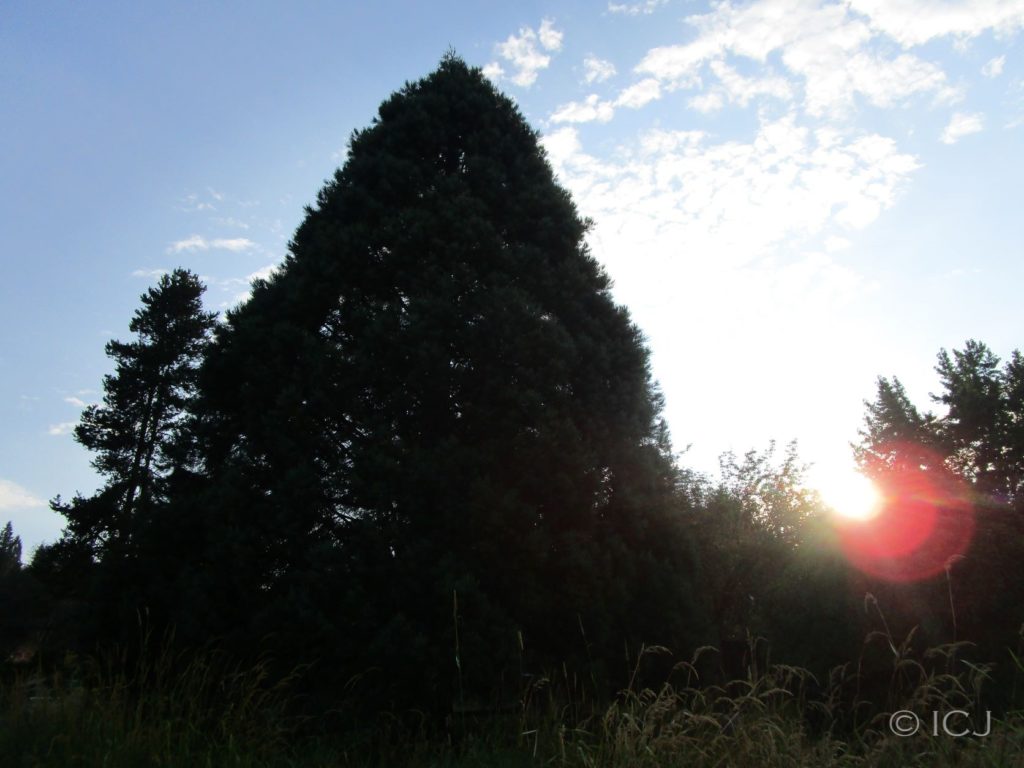
I may be the first person in history to have eaten ratatouille several ingredients of which spent part of their life growing under a giant sequoia. This is a source of considerable amusement for me.
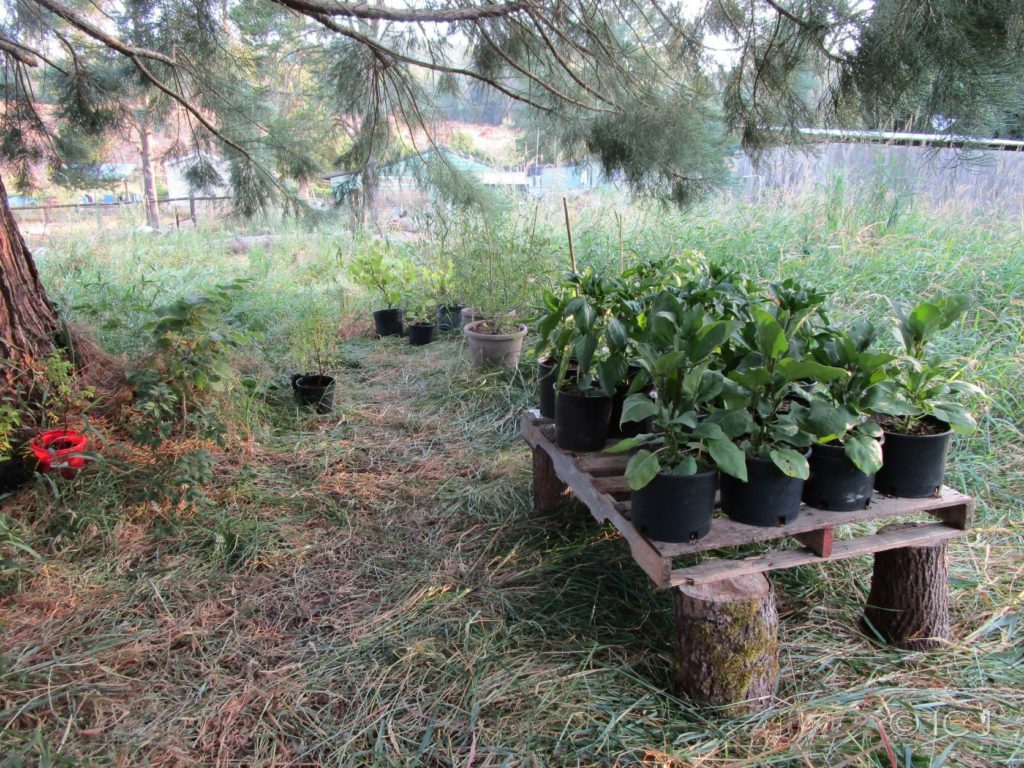
Less amusing is the reason. For a total of several weeks this summer it was too hot for bell peppers and eggplant. That takes some doing. In the ground they probably would have been OK but we do not have a long enough growing season here for bell peppers and eggplant to mature in the ground. In pots, even in 2-3 gallon pots with good soil and sufficient water the dry days in the mid-upper 90’s were bleaching out the leaves and burning the fruit.
In direct sunlight, the soil in the pots reaches air temperature or warmer and the plant’s physiology becomes strained to its limits. In shade the fruits will not ripen. Under the new terms of summer in a valley in the foothills of western WA, if you want your potted bell peppers and eggplant to bear well, start ripening late summer and keep going into November back in the greenhouse, migrate they must.

The potted tomatoes and the grape vines and all of the potted perennials other than herbs eventually relocated to Camp Sequoia. Some of them stayed until it started to rain.
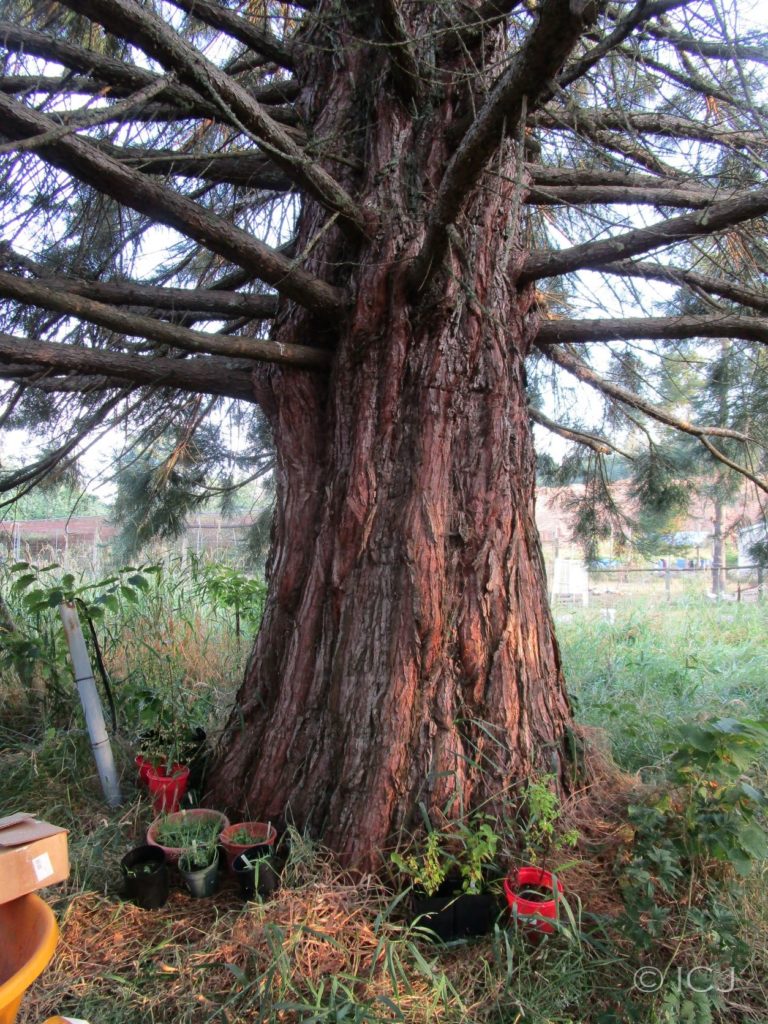
The three best moments in the gardening year are the first strawberry, the first cherry tomato, and when you put the hoses away. I did not put the hoses away until early November this year.
It was long summer. The season overstayed its welcome by at least 6 weeks. There are some advantages to a long summer in the Northwest, such as harvesting 3 ½ pounds of cherry tomatoes fully ripe outdoors third week of October and winter squash and watermelon having time to ripen after a month delay on the front end of the growing year.
Nearly 4 months without meaningful rain though . . . not cool.
The water table dropped out of reach of all the trees and shrubs that I have planted in the past several years and even some of the mature ones were showing significant signs of stress. I spent more time watering in October than I did in July.
On October 18, 48 hours before it started sprinkling, 3 days before the first good soaking rain of the fall, there was a brush fire 2 miles from my house. I was out running errands when I heard and for about half an hour was not sure I would be able to ever go home. I spent the rest of the afternoon preparing to evacuate.
Massive gratitude for the volunteer fire departments around here for being on top of their game. They had it contained in under 4 hours. Had it been windy, it could have gone a very different way.
Foreboding that we are all just pending climate refugees has been lurking in my mind for some years. Then my high school best friend lost her home in the Boulder fire in January. Then this summer Alisha’s homestead in Oregon—scorched earth. All gone. Unlike me, she is a single mom. Like me she had waited years to find her place, just a couple years ahead of me in landing. Starting over, again. Then on October 18 I was loading my car with the important things (?) in case it was my turn. The thought of being driven out by the inhospitality humans have wrought on the planet creeps closer to the front of my mind and more often all the time.
Other than myself of course, the important things don’t fit in the car. Not really. The sequoia, for one. My sweet cozy house the interior of which I finished by myself. All my nearly 4 years of work. My south meadow which will remain wild as long as I live here. The green hills. The 50+ year old apple tree that still bears heavily despite years of neglect and having fallen down in a windstorm 15 years ago. The hopeful feathery asparagus planted this spring. The baby fruit and nut trees that would never get to bear a yield or hold nesting birds or have children climb them or shade me for a nap in my old age.
If you don’t put down roots, you wither more easily. If you do put down roots and the storm comes and you leave too much of yourself behind in the escaping, how do you start over? How do you regrow?
It’s a dangerous business, making a home.
Rain. Blessed rain. The sky is blue again. I can see to the horizon, where the Winston Creek valley disappears around a bend. I’m done coughing up particles of Gifford Pinchot National Forest, at least for 2022.
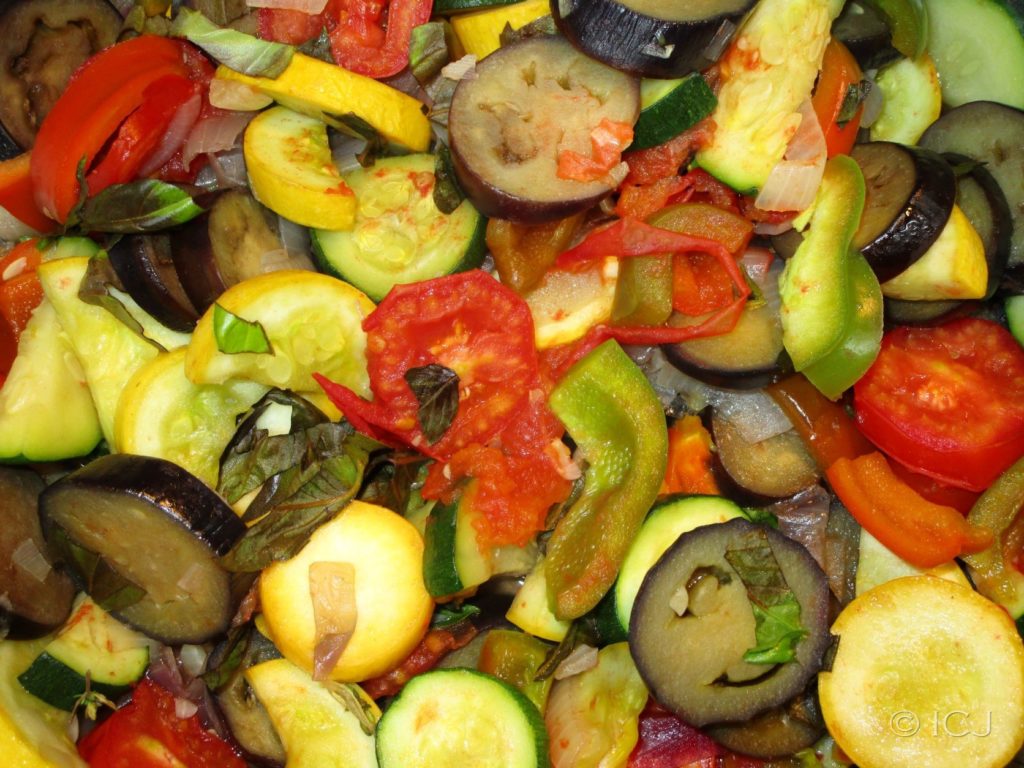
The ratatouille turned out admirably. In September I made three pots of it for a total of nine meals. Only imported ingredients were the olive oil and salt. Ratatouille is the perfect September food because it’s warm but not too heavy, and so, so colorful as many of the flowers and other growing things are starting to fade into fall. French peasants knew how to live, that is for sure.
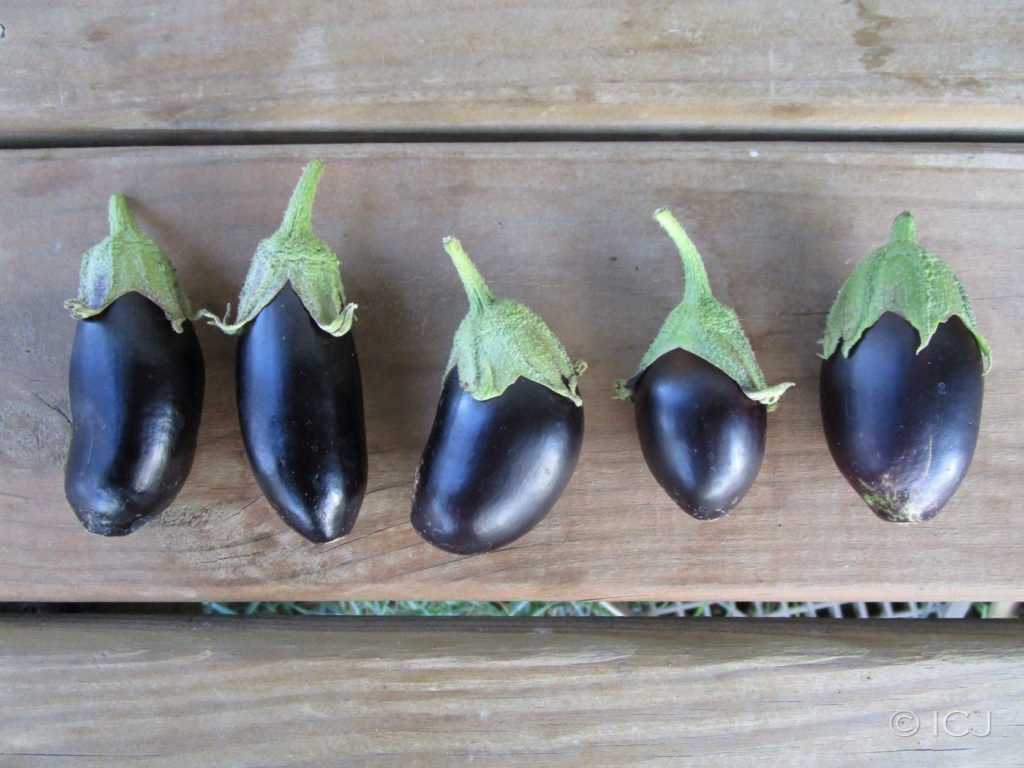
When I posted this photo on my team’s social chat at work, a coworker dubbed them Elfplant. That indeed they are.
Sometimes I wonder if it’s worth it, the life I have chosen and the tradeoffs involved. The excess of solitude and the endless to-do’s. But then I watch the birds over the meadow—hunting, foraging, mating, dancing, playing. I wander out to the garden and collect the ingredients for dinner. I fill my eyes and my belly with beautiful food from living soil. I raised those eggplant and red bell peppers from seed. I carried them back and forth to Camp Ratatouille at least four times, over 100 ft one way. I watered them every day for several months, sometimes twice. They rewarded me with hearty, scrumptious Rainbow Stew.
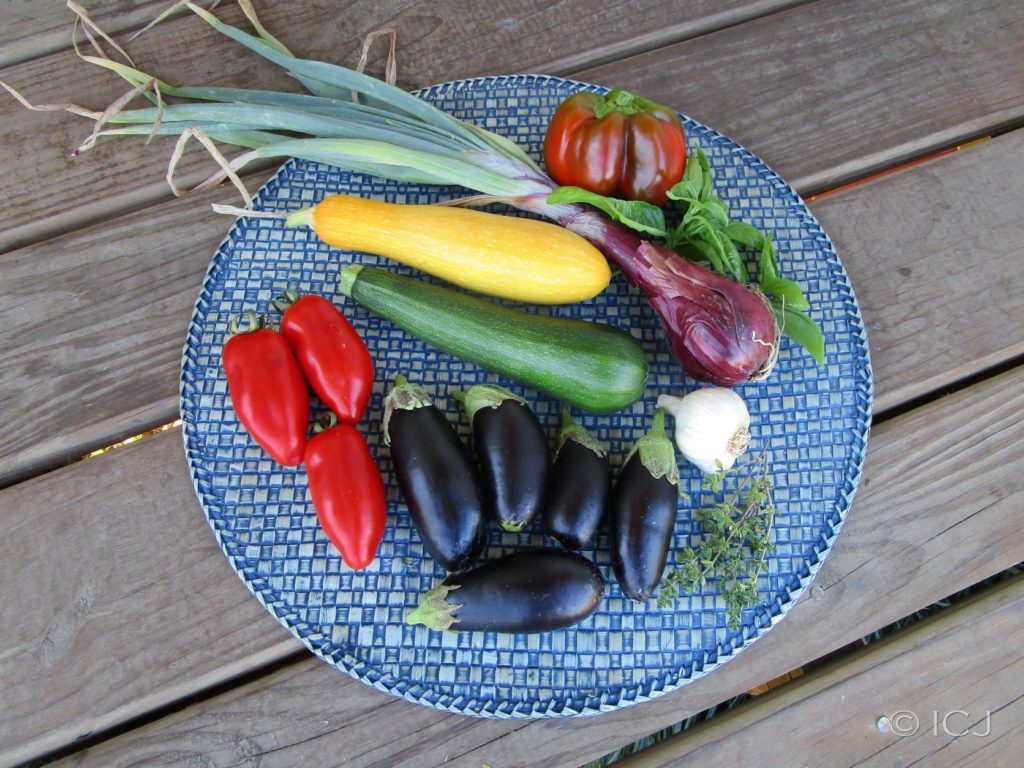
Feeding yourself with the work of your own hands, and sometimes feeding others, and knowing that mostly care and not harm went into the procuring of your sustenance—this is the most deeply gratifying endeavor I know.
Living is a dangerous business. We are in this together, the peppers and eggplant and sequoia and I.

Beautiful Ratatouille. Very impressive, and who knows if it warms enough perhaps you can grow your own olives. Kidding.
Thank you! Olives, avocados, and oranges are not out of the question in my lifetime though our cold extremes are pretty significant still. I don’t think any of those would survive even one night at 11 F which we got in February this year. With a last frost date of May 30 and first frost of Sept 15 you have to be either hardy or speedy to be fruitful around here. Or migratory. Who knows, maybe someday I will have a greenhouse big enough for trees.